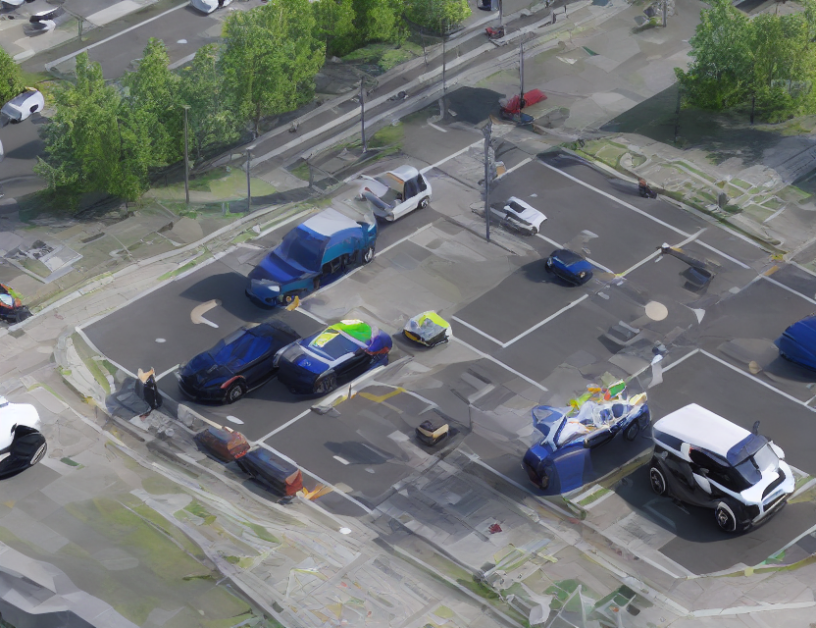Autonomous vehicles (AVs) are expected to revolutionize transportation by reducing accidents and improving efficiency. However, their integration into mixed traffic poses challenges that can impact public trust and perception. This paper explores these complexities and identifies measures to improve safety and build trust among humans and AVs. By analyzing real-world crashes and developing a decision support system (DT), we demonstrate how advanced driver assistance systems (ADAS) can enhance safety. Our findings underscore the importance of addressing human factors in mixed traffic environments, where the automated nature of AVs can lead to misunderstandings with humans. By improving safety and building trust, we can pave the way for successful AV integration.
Keywords: autonomous vehicles, mixed traffic, decision support system, advanced driver assistance systems, public trust, safety.
Introduction
The advent of autonomous vehicles (AVs) promises to transform the transportation landscape by reducing accidents and improving efficiency. However, their integration into mixed traffic presents significant challenges that can impact public trust and perception. As AVs become more prevalent, it is crucial to understand these complexities and develop strategies to improve safety and build trust among humans and AVs. This paper delves into these issues and explores innovative solutions to address them.
Section 1: Mixed Traffic Complexities
Mixed traffic environments pose significant challenges for AVs, as their automated behavior can lead to misunderstandings with humans. For instance, when an AV encounters a pedestrian or cyclist, it may slow down or stop unexpectedly, which can cause confusion and accidents. Moreover, the complexities of mixed traffic can make it difficult for AVs to anticipate human behavior, leading to potential safety risks.
Section 2: Decision Support System (DT)
To address these challenges, we developed a decision support system (DT) that integrates advanced driver assistance systems (ADAS) and machine learning algorithms. DT analyzes real-time traffic data and predicts potential hazards, allowing AVs to take proactive safety measures. By detecting and responding to threats more efficiently than humans can, DT enhances safety and reduces accidents.
Section 3: Building Trust
Building trust among humans and AVs is critical for successful AV integration. To achieve this, we must address human factors in mixed traffic environments and develop strategies to improve safety and transparency. By demonstrating the effectiveness of DT in reducing accidents, we can gradually build trust among humans and AVs, paving the way for widespread adoption.
Conclusion
In conclusion, mixed traffic challenges pose significant risks to public trust and perception of AVs. However, by developing innovative solutions like DT, we can improve safety and build trust among humans and AVs. As AVs become more prevalent, it is crucial to address these complexities and ensure successful integration into mixed traffic environments. By doing so, we can create a safer and more efficient transportation landscape for generations to come.



